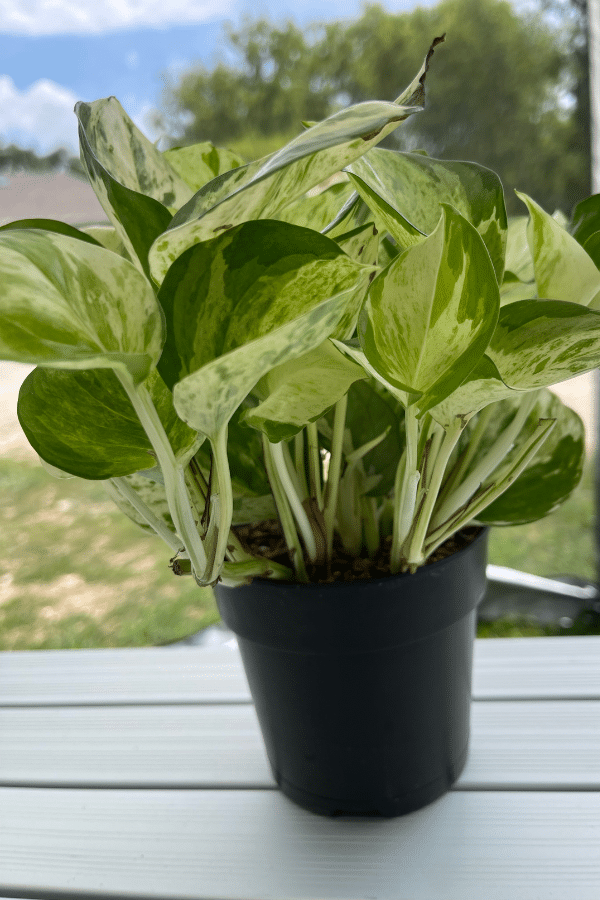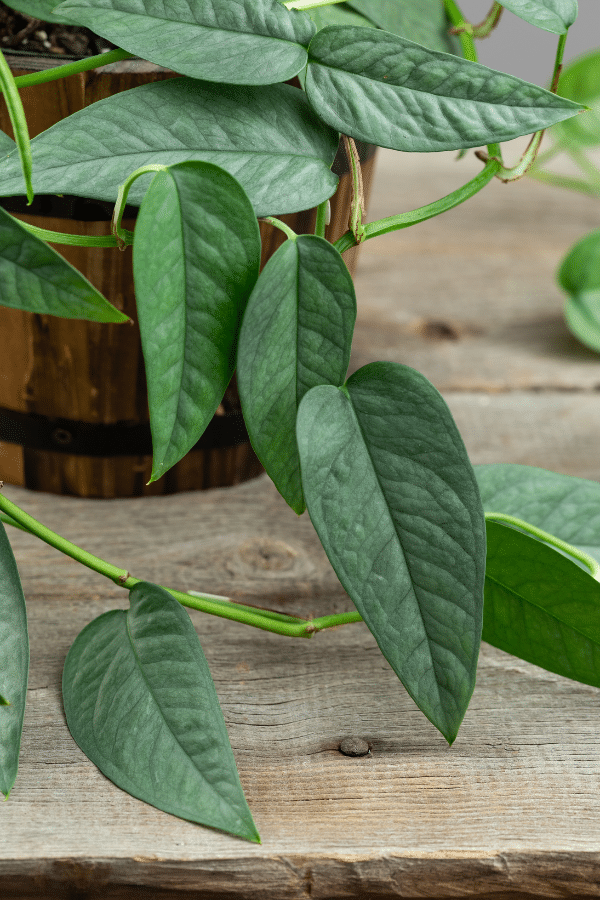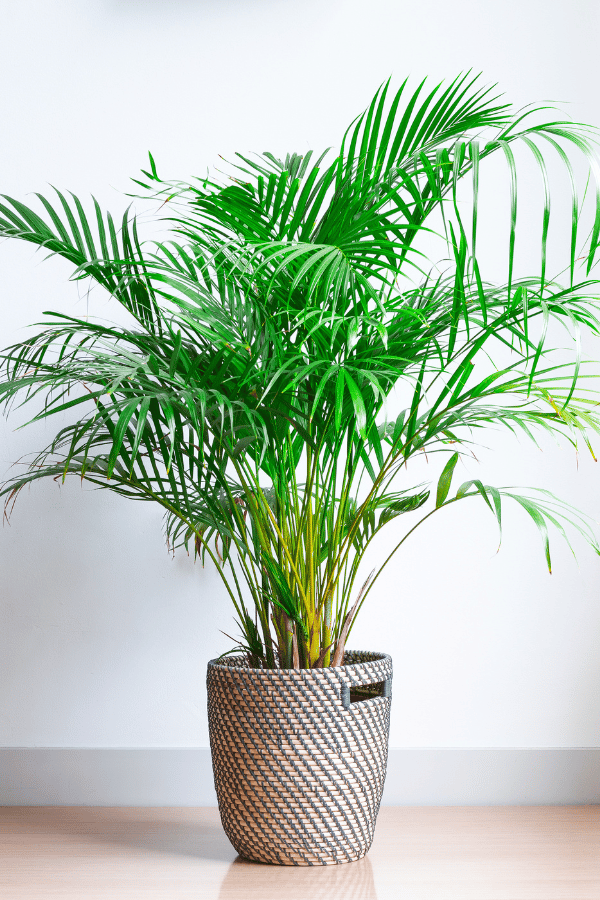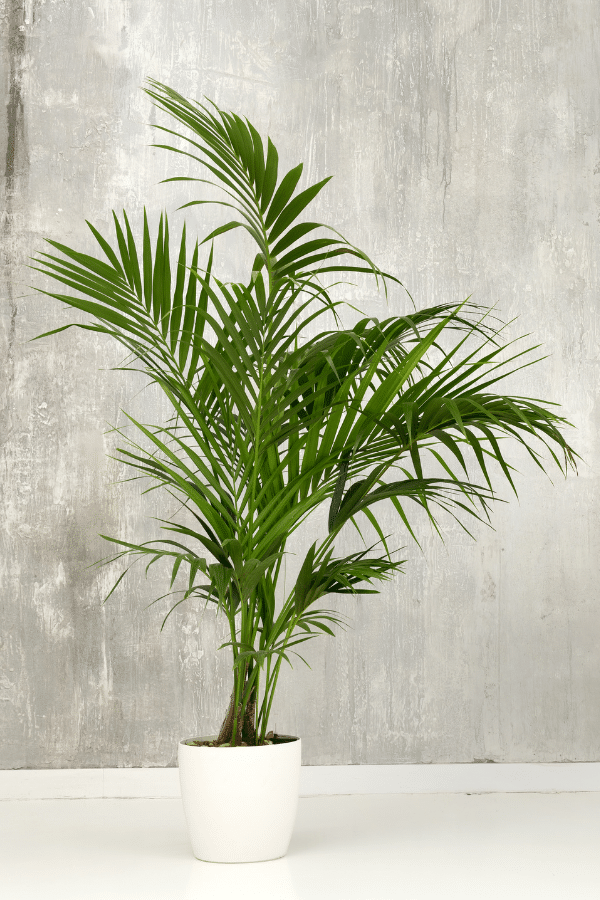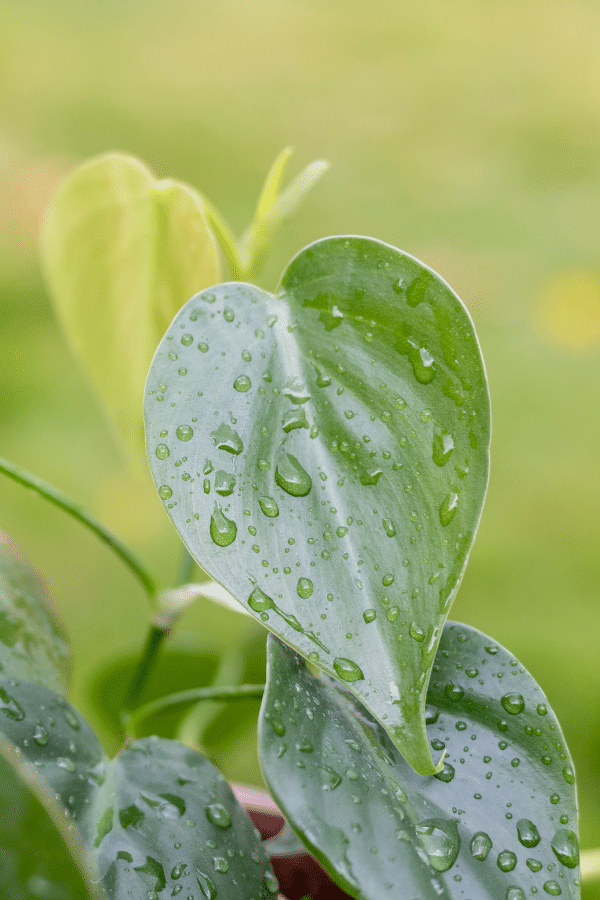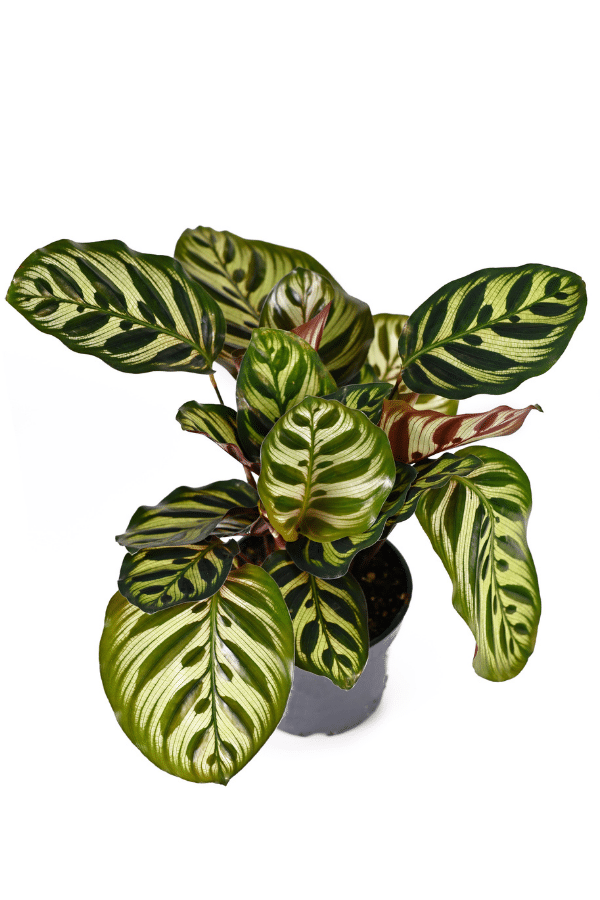Hoya Bella
Hoya Bella care is easy as this plant is very hardy tolerating lots of different conditions. If you want a trailing houseplant, keep reading to see if this houseplant can work in your space.
To give this Hoya plant the best care, it requires well-draining soil, keeping the soil moist but not overwatering, providing it bright filtered sunlight, temperatures ranging from a minimum of 55F and not going over 85F with high humidity levels of around 40-60%.
Quick Care Overview
| Common Name | Wax Plant, Porcelain Flower |
| Scientific Name | Hoya Bella |
| Family | Apocynaceae |
| Origin | Southeast Asia, Australia |
| Growth Rate | Medium |
| Identification | Waxy leaves with oval shaped leaves |
| Height | Up to 6 feet in length |
| Soil | Well-draining soil |
| Water | Keep moist but not soggy |
| Temperature | 55-80F |
| Sunlight | Bright indirect light |
| Toxic to Cats & Dogs | Yes |
| Toxic to Humans | Yes |
| Pests | Mealybugs, spider mites, fungus gnats |
| Diseases | Leaf spot, root rot, powdery mildew, rust fungus |
Below we will dive deep into this Hoya Bella care guide.
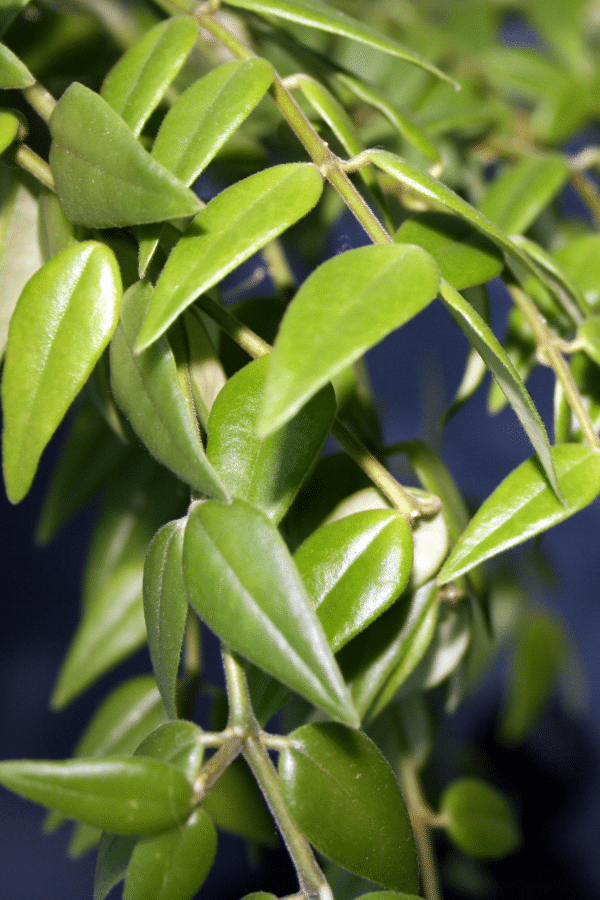
Hoya Bella History
Hoya Bella can be commonly confused for Hoya Lanceolata and Hoya Paxtonii, which are their own cultivars of Hoya Bella. Hoya Bella is a species of Hoya that is native to Southeast Asia and Australia. This gorgeous plant may grow up to 8 feet tall in its natural environment and is well-known for its beautiful long-blooming flowers. Historically, the Hoya Bella plant has been used in traditional Asian medicine for a long time due to its natural healing properties. This slow-growing plant has become a tropical houseplant favorite known for its elegant long leaves and gorgeous blooms.
Hoya Bella Identification
Hoya Bella is an evergreen flowering climbing plant that has highly fragrant waxy flowers and attractive oval-shaped foliage. They produce clusters of tiny star-shaped flowers that have pink miniature flowers within the flower’s insides.
Hoya Bella Growth Facts
Slow growing but long, this tropical climbing plant will grow to elegant proportions if given the right conditions.
How Big Does a Hoya Bella Get?
This plant may grow up to 6 feet when cultivated indoors, but will rarely grow longer than 4 feet tall.
Hoya Bella Care
Hoya Bella is considered an easy plant to care for and is hardy and will tolerate low-light conditions. This plant has become very popular for offices and is lovely when grown as a hanging plant.
Hoya Bella Soil
When caring for Hoya Bella, it is crucial not to allow this plant to remain too wet. This plant will thrive with a well-draining, well-aerated potting mix, such as from an orchid mix. Alternatively, you may add orchid bark and perlite to peat moss and sand to create a perfect mixture.
Hoya Bella Fertilizer
Hoya Bella is not considered to be a heavy feeder. Therefore, a bi-monthly feeding during the growing season should suffice. Choose a balanced liquid fertilizer and be sure to follow all label instructions. Do not feed your plant in the winter and be careful not to overfertilize.
Hoya Bella Watering
Being a tropical plant, Hoya Bella likes to remain moist but not oversaturated. You should water your Hoya about 1-2 times a week, depending on growing conditions. Ensure that your container allows for proper drainage and that you do not allow your Hoya to rest in excess water from the plant’s drainage tray. If overly saturated with water, this plant may experience issues, such as root rot.
Hoya Bella Light Requirements
Unlike some other tropical plants, Hoya Bella likes to be grown and will thrive in low light and will enjoy indirect sunlight such as from a northern or eastern window. However, it is essential to note that this plant will not tolerate direct sun and will scorch quite quickly.
Hoya Bella Temperature & Humidity
Being a tropical plant, Hoya Bella prefers to remain exposed to warm and humid environments for optimal growth. Ensure that your Hoya is never exposed to temperatures below 55 degrees Fahrenheit and is kept under 80 degrees Fahrenheit. This plant will not tolerate frost. Additionally, these plants do not like significant temperature changes. Therefore, they should not be kept near heaters, air vents, AC units, or drafts. Increase your home’s humidity to 40-60% by installing a pebble tray or a humidifier for optimal Hoya Bella growth.
Repotting Hoya Bella
Repotting should be done every 3-5 years for the plant’s roots and for the soil to remain healthy. Repotting should be done in the winter before active growth. Select a pot that is 2-4” wider than the previous pot with drainage holes, repot, refresh the soil, water thoroughly and place in indirect light.
Hoya Bella Maintenance & Pruning
This Hoya will benefit from annual pruning with clean scissors to remove old blooms and discolored leaves and to maintain a bushy shape.
Hoya Bella Propagation
Propagating your Hoya is easy and may be done through stem cuttings or offset planting. If your Hoya has new healthy shoots coming off the parent plant with its own leaves and roots, these plantlets may be separated from the parent plant and planted in their own container(s). Alternatively, you may clip a stem that is at least 6”. Plant your cutting into soil, moisten the soil, and place it in indirect light. Ensure that your cutting remains moist to encourage rooting.
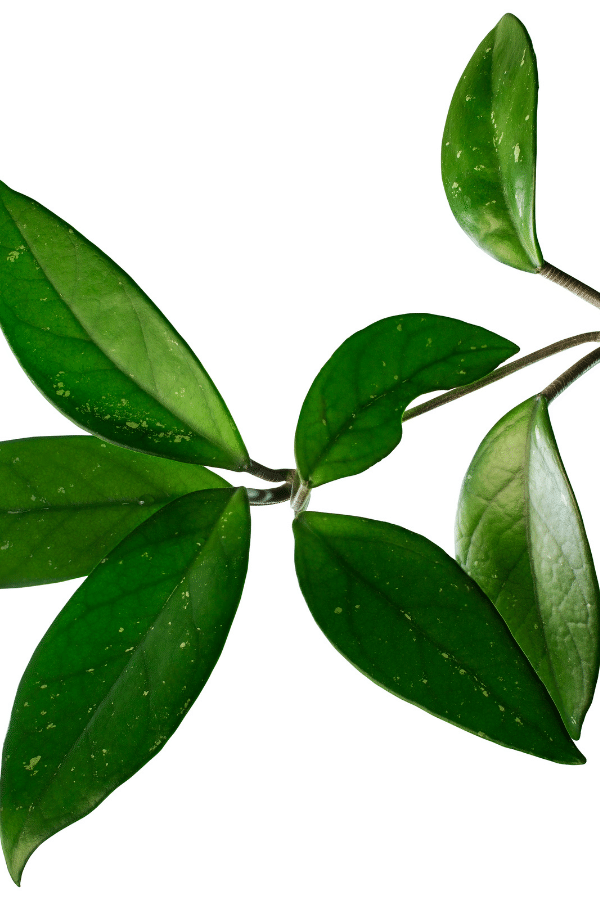
Hoya Bella Toxicity
This Hoya variety is toxic to humans and should be kept away from curious and pets. Do not ingest any portion of this plant for any reason.
Toxicity to Humans
This Hoya is considered toxic to humans and may even be fatal if ingested. Keep away from children. These plants should not be consumed.
Toxicity to Cats & Dogs
This plant is considered toxic to pets and should never be ingested. However, if you suspect that your pet has ingested any portion of this plant, you should contact your veterinarian or a pet poison control center immediately.
Hoya Bella Problems
Hoya Bella Leaves Turning Yellow
With Hoya Bella, the most common cause of yellowing foliage is due to overwatering.
Hoya Bella Leaves Turning Brown
The foliage of Hoya Bella will turn brown if the soil is too wet for an extended period of time. Allow the soil to dry out a little between waterings to not soak and overwater the plant.
Hoya Bella Diseases
Like many other tropical plants, this Hoya may become susceptible to disease, often related to overwatering. This Hoya may become susceptible to infection by leaf spot, root rot, powdery mildew, and rust fungus. If you suspect that your plant has become infected, isolate your plant, and treat it with a fungicide, ensuring that you follow all label instructions.
Hoya Bella Pests
Like many other indoor houseplants, Hoya Bella may become susceptible to insects such as spider mites, mealybugs, and fungus gnats. Upon identifying an infestation, isolate your plant, and treat it with pesticidal soaps and/or neem oil.

